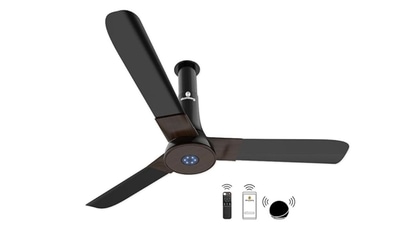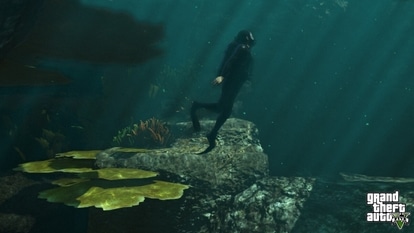Scientists hope 2,000-year-old ice holds clues to climate change
Polar scientists who retrieved ice samples from the Antarctic say they are on the verge of unlocking 2,000 years of climate records offering clues to how global warming will affect our future.
Polar scientists who retrieved ice samples from the Antarctic say they are on the verge of unlocking 2,000 years of climate records offering clues to how global warming will affect our future.
An international team traveled to Antarctica's Aurora Basin in a five-week project that began last December, to drill for ice samples needed to bridge a gap in knowledge of temperature changes over the last 20 centuries.
Using the latest technology to probe the secrets of the past, the scientists hope to gain information to improve climate models and give a sense of normal frequency and patterns now seen in extreme events such as droughts, cyclones and floods.
'The papers that will result from this project can inform and improve our climate models to improve our knowledge of what climate has done in the recent past,' said Nick Gales, chief scientist of the Australian Antarctic Division in Tasmania.
'That will greatly assist our ability to project climate change,' he told Reuters on Thursday.The main ice core retrieved by the scientists, which is 303 metres (994 feet) long, will provide annual climate records for the past 2,000 years.
Two smaller cores, of 116 m. (381 feet) and 103 m (338 feet)in length, spanning the past 800 to 1,000 years, will provide extra ice for large-volume analyses of chemicals.'Just to go out there and successfully drill down several hundred metres of Antarctic ice core within a season and bring it all back is a really major achievement in itself,' Gales said.
Two tonnes of ice core sections have now been distributed to ice core laboratories around the world for analysis. 'This kind of thing is really big science,' Gales added. 'It requires a lot of collaboration to get a whole lot of people and a whole lot of equipment hundreds of kilometers inland on the Antarctic continent.'
Scientists will perform measurements over the next year and begin publication of results over the next 18 to 24 months, Gales said.
'They'll continue for quite a few years and then each of those papers will provide another key piece of the jigsaw in the big picture,' he said.
The long time-series data from the ice cores, combined with other information, will improve understanding of extreme events, Gales said, by revealing how humans have influenced climate change through the burning of fossil fuels.
The Aurora Basin project involves 15 partner organizations from six nations: Australia, China, Denmark, France, Germany and the United States. The effort paves the way for a more ambitious drilling expedition to collect a one-million-year-old ice core in the future, the project's lead scientist, Mark Curran, said in a statement.
Catch all the Latest Tech News, Mobile News, Laptop News, Gaming news, Wearables News , How To News, also keep up with us on Whatsapp channel,Twitter, Facebook, Google News, and Instagram. For our latest videos, subscribe to our YouTube channel.

























